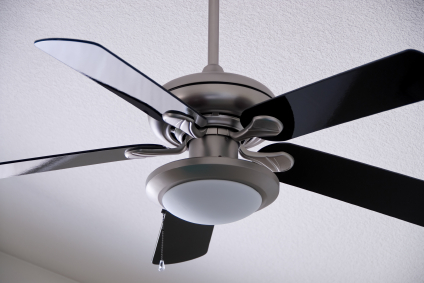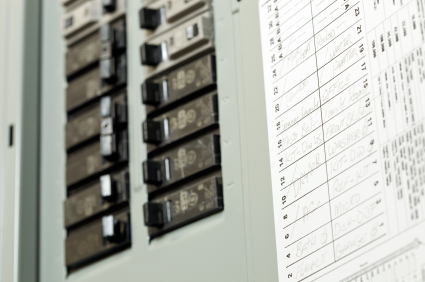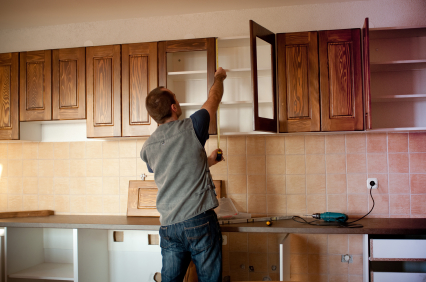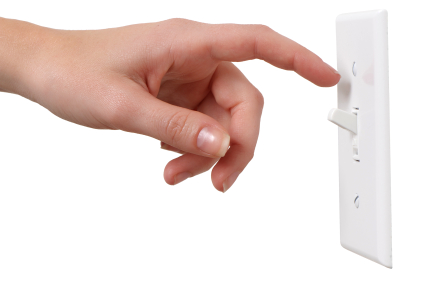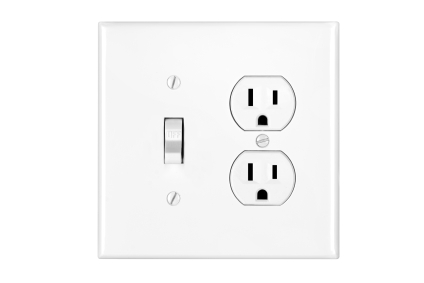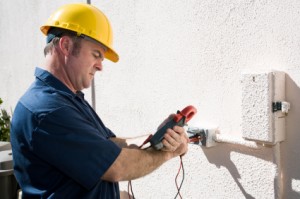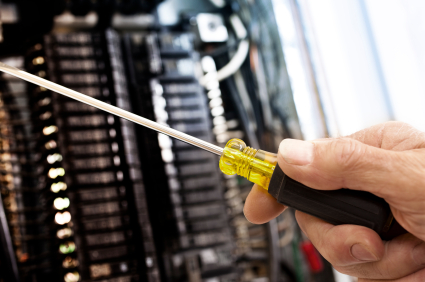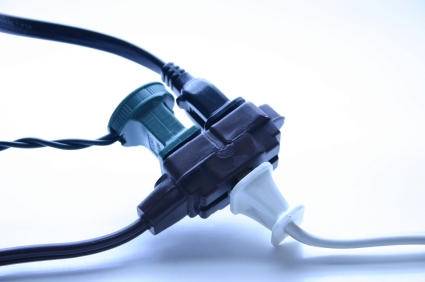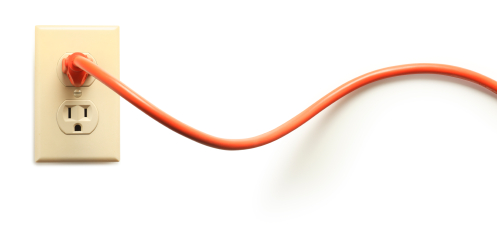So your ceiling fan makes noises while it is turning? You might be scared that it might fall down on you or your loved ones, potentially hurting someone very badly. It’s actually a legitimate concern. Noise indicates that there is a physical problem with your fan, and parts might break off the fan if the problem goes unresolved. Read on if your ceiling fan is making a clicking noise.
Immediate Action
Noise from the fan installment can be two things: a problem with the rotors or a problem with the mounting of the rotor device itself. Check the components listed in this guide in order to identify and troubleshoot the problem.
A misplaced blade in the ceiling fan will throw off the balance of the rotor device, making it spin out of control and causing some of the internal components to collide with one another. This makes the clicking noise that you are fearing. Needless to say, collision between the internal components of the rotor is not good. The fan may fall apart if the internal parts wear out.
If the imbalance and the speed at which the blades are turning is big enough, it may even cause the entire ceiling fan to shift as the blades go around. Look for a gap between the ceiling and the base of the fan installment as the fan moves to identify this problem.
Also, check if the center of the blades (the main axle of the rotor) is stationary as the blades in your ceiling fan are turning. If the center stays stationary, then the blades must be balanced. If the base of the fan and the center stays constant, the balance is not a problem at all – there must be some external problem.
Possible external problems can include the wind from the fan constantly hitting something making a noise or the blades of the fan itself hitting something.
Additional Help
If you feel like you need professional help on identifying ceiling fan loud clicking noise, TalkLocal can help with finding the correct local experts in this case, saving you time and energy in what may be a stressful situation.

